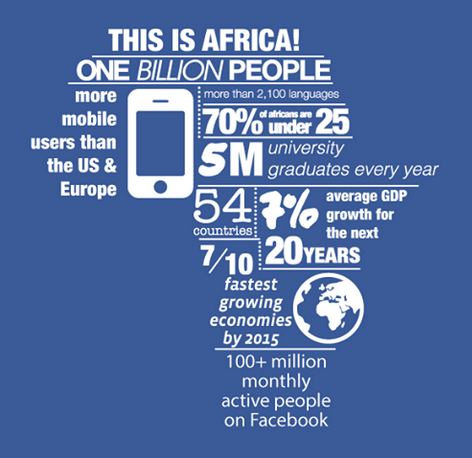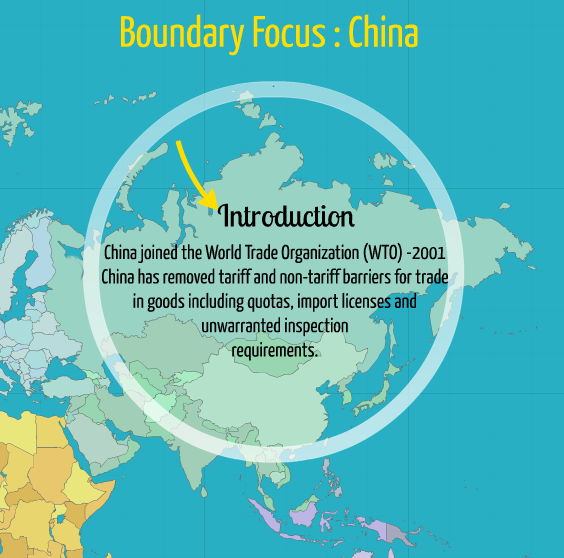1. Products and Services
Some marketing scholars and professionals tend to draw a strong distinction between conventional products and services, emphasizing service characteristics such as heterogeneity (variation in standards among providers, frequently even among different locations of the same firm), inseparability from consumption, intangibility, and, in some cases, perishability—the idea that a service cannot generally be created during times of slack and be “stored” for use later. However, almost all products have at least some service component—e.g., a warranty, documentation, and distribution—and this service component is an integral part of the product and its positioning. Thus, it may be more useful to look at the product-service continuum as one between very low and very high levels of tangibility of the service.
On the topic of services, cultural issues may be even more prominent than they are for tangible goods. There are large variations in willingness to pay for quality, and often very large differences in expectations. In some countries, it may be more difficult to entice employees to embrace a firm’s customer service philosophy. Labor regulations in some countries make it difficult to terminate employees whose treatment of customers is substandard. Speed of service is typically important in the U.S. and western countries but personal interaction may seem more important in other countries.
2. Product Need Satisfaction
We often take for granted the “obvious” need that products seem to fill in our own culture; however, functions served may be very different in others—for example, while cars have a large transportation role in the U.S., they are impractical to drive in Japan, and thus cars there serve more of a role of being a status symbol or providing for individual indulgence. Thus, it is important to examine through marketing research consumers’ true motives, desires, and expectations in buying a product.
3. Approaches to Product Introduction
Firms face a choice of alternatives in marketing their products across markets. An extreme strategy involves customization, whereby the firm introduces a unique product in each country, usually with the belief tastes differ so much between countries that it is necessary more or less to start from “scratch” in creating a product for each market. On the other extreme, standardization involves making one global product in the belief the same product can be sold across markets without significant modification-in most cases firms will resort to
some kind of adaptation, whereby a common product is modified to some extent when moved between some markets.
There are certain benefits to standardization. Firms that produce a global product can obtain economies of scale in manufacturing, and higher quantities produced also lead to a faster advancement along the experience curve. Further, it is more feasible to establish a global brand as less confusion will occur when consumers travel across countries and see the same product. On the down side, there may be significant differences in desires between cultures and physical environments.
4. Adaptations come in several forms
Mandatory adaptations involve changes that have to be made before the product can be used. “Discretionary” changes are changes that do not have to be made before a product can be introduced (e.g., there is nothing to prevent an American firm from introducing an overly sweet soft drink into the Japanese market), although products may face poor sales if such changes are not made. Discretionary changes may also involve cultural adaptations. Another distinction involves physical product vs. communication adaptations

5. Branding
While Americans seem to be comfortable with category specific brands, this is not the case for Asian consumers. American firms observed that their products would be closely examined by Japanese consumers who could not find a major brand name on the packages, which was required as a sign of quality. Note that Japanese keiretsus span and use their brand name across multiple industries—e.g., Mitsubishi, among other things, sells food, automobiles, electronics, and heavy construction equipment.

6. The International Product Life Cycle (PLC)
Consumers in different countries differ in the speed with which they adopt new products, in part for economic reasons and in part because of attitudes toward new products.Thus, it may be possible, when one market has been saturated, to continue growth in another market.
7. Diffusion of innovation
Good new innovations often do not spread as quickly as one might expect—e.g., although the technology for microwave ovens has existed since the 1950s, they really did not take off in the United States until the late seventies or early eighties, and their penetration is much lower in most other countries. The typewriter, telephone answering machines, and cellular phones also existed for a long time before they were widely adopted.
Certain characteristics of products make them more or less likely to spread. One factor is relative advantage. Complexity refers to how difficult a new product is to use—e.g., some people have resisted getting computers because learning to use them takes time. Trialability refers to the extent to which one can examine the merits of a new product without having to commit a huge financial or personal investment. Finally, observability refers to the extent to which consumers can readily see others using the product.
At the societal level, several factors influence the spread of an innovation. Not surprisingly, cosmopolitanism, the extent to which a country is connected to other cultures, is useful. Innovations are more likely to spread where there is a higher percentage of women in the work force; these women both have more economic power and are able to see other people use the products and/or discuss them. Modernity refers to the extent to which a culture values “progress.” In the U.S., “new and improved” is considered highly attractive; in more traditional countries, their potential for disruption cause new products to be seen with more skepticism. Although U.S. consumers appear to adopt new products more quickly than those of other countries, we actually score lower on homiphily, the extent to which consumers are relatively similar to each other, and physical distance, where consumers who are more spread out are less likely to interact with other users of the product. Japan, which ranks second only to the U.S., on the other hand, scores very well on these latter two factors.






